Five Genre Movies to Look Forward to This Summer
 Summer is almost here, and the time is almost right, for dancing in the streets. Or sitting your butt down in a movie theater to watch a big green thing in purple pants beat up aliens.
Summer is almost here, and the time is almost right, for dancing in the streets. Or sitting your butt down in a movie theater to watch a big green thing in purple pants beat up aliens.
As I more and more become “The Black Gate Movie Guy,” I’ve grown aware of my responsibilities regarding upcoming films of interest to our readership. This summer I promise to post reviews of all the major genre releases, which means that, yes, you will get to hear my thoughts on Snow White and Huntsman. Because you didn’t demand it.
This is also a transparent bid to get officially recognized as a movie critic so that I will be invited to press screenings here in Los Angeles and thus be able to post up reviews of films in the days before they are released.
Looking over the summer roster (posted below — yes, all shall be reviewed), aside from a few groans of anticipatory pain, there are five films that really have my geek adrenal glands turned up to the danger zone. Here are the films I hope will make summer worthwhile.

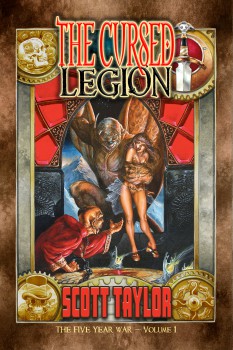

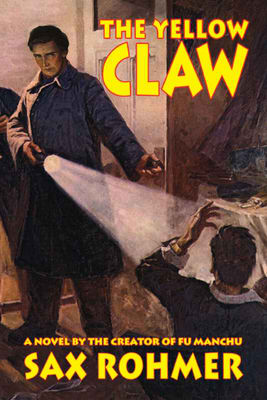
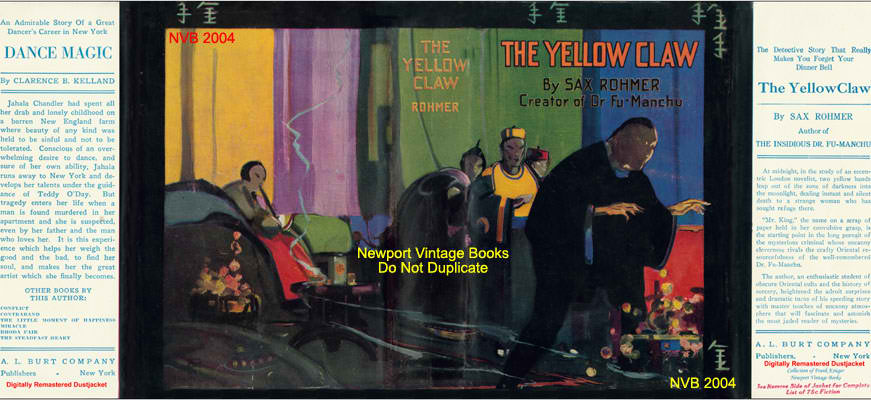


 The Middle East has produced some world famous mythology and is fertile ground to base a fantasy novel, as more and more authors are discovering. Over the next several posts I will be exploring this modern day trend and interviewing many of the authors who are mining the lore and culture of the Middle East, and specifically the Arabian Middle East for their work.
The Middle East has produced some world famous mythology and is fertile ground to base a fantasy novel, as more and more authors are discovering. Over the next several posts I will be exploring this modern day trend and interviewing many of the authors who are mining the lore and culture of the Middle East, and specifically the Arabian Middle East for their work.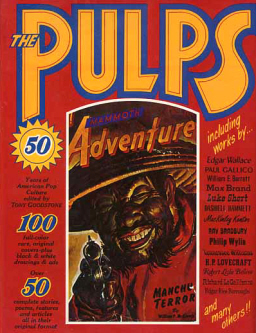 Pulp fiction is back — in print, online, in ebooks, and on iPads. Tough guys, tough women, tough prose, action and more action, blood and thunder, heroes and villains presented unapologetically as heroes and villains.
Pulp fiction is back — in print, online, in ebooks, and on iPads. Tough guys, tough women, tough prose, action and more action, blood and thunder, heroes and villains presented unapologetically as heroes and villains.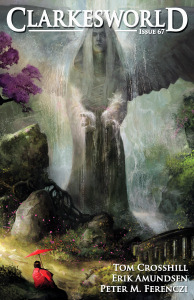 The April issue of Clarkesworld is currently
The April issue of Clarkesworld is currently